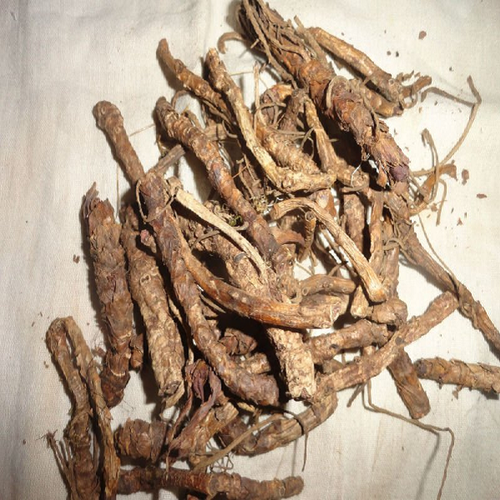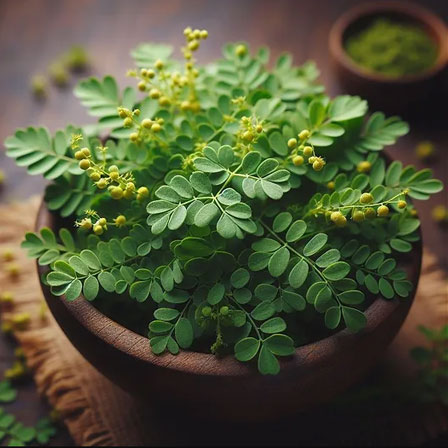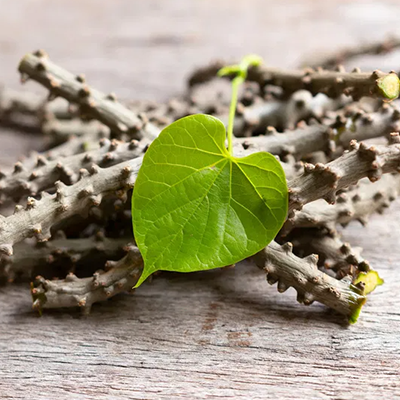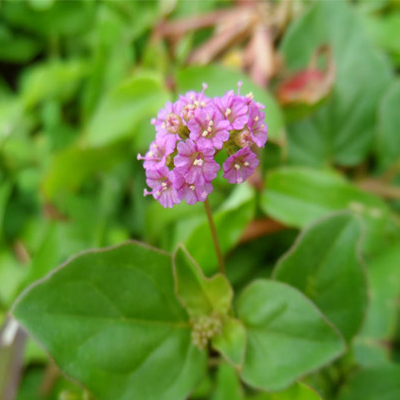Liver cirrhosis is a serious condition where the liver gradually becomes scarred and damaged, affecting its ability to function properly. The liver, a vital organ, helps detoxify the blood, produce essential proteins, and process nutrients. In cirrhosis, healthy liver tissue is replaced by scar tissue, blocking blood flow and interfering with these functions.
Causes of Liver Cirrhosis
Excessive Alcohol Consumption:
- Long-term alcohol abuse is one of the leading causes.
Hepatitis Infections:
- Chronic hepatitis B and C infections cause ongoing liver inflammation.
Non-Alcoholic Fatty Liver Disease (NAFLD):
- Accumulation of fat in the liver due to obesity, diabetes, or high cholesterol.
Autoimmune Liver Diseases:
- Conditions like autoimmune hepatitis attack the liver’s own cells.
Genetic Disorders:
- Diseases like Wilson’s disease or hemochromatosis can lead to liver damage.
Biliary Diseases:
- Blockage or damage to bile ducts can cause bile build-up, damaging the liver.
Toxins and Medications:
- Long-term use of certain medications or exposure to toxins can damage the liver.
Symptoms of liver cirrhosis:
In the early stages, liver cirrhosis may not cause noticeable symptoms. As the condition progresses, symptoms become more apparent, including:
Early Symptoms:
- Fatigue and weakness.
- Loss of appetite and weight loss
- Nausea or vomiting.
- Abdominal discomfort or pain.
Advanced Symptoms:
- Jaundice: Yellowing of the skin and eyes due to a build-up of bilirubin.
- Swelling: In the legs, feet, or abdomen (ascites).
- Itchy Skin: Caused by bile salts accumulating in the skin.
- Spider-like Blood Vessels: Visible on the skin’s surface (spider angiomas).
- Bleeding or Bruising: Reduced ability of the liver to produce clotting factors.
- Confusion or Memory Loss: A condition called hepatic encephalopathy caused by toxins accumulating in the brain.
- Dark Urine and Pale Stools: Indicating bile flow obstruction.
Complications of Liver Cirrhosis
- Portal Hypertension: Increased pressure in the portal vein causing swollen veins (varices) in the esophagus or stomach, which may rupture and bleed.
- Liver Cancer: Cirrhosis significantly increases the risk of hepatocellular carcinoma.
- Infections: Due to weakened immunity.
- Kidney Failure: As the liver fails, kidney function may also decline.
Ayurvedic Perspective on Liver Cirrhosis
In Ayurveda, liver cirrhosis is correlated with “Yakrit Vikara” (liver disorders) and is seen as an imbalance of Pitta Dosha combined with a disturbance in Rakta Dhatu (blood tissue) and Meda Dhatu (fat tissue). The scarring and functional deterioration of the liver can be associated with “Kshaya” (degeneration) and Srotorodha (blockage of bodily channels).
Ayurvedic Treatment for Liver Cirrhosis
Ayurvedic treatment focuses on detoxifying the liver, balancing the Doshas, and rejuvenating liver cells.
Detoxification (Shodhana):
- Virechana (Therapeutic Purgation): Helps eliminate Pitta toxins from the body, improving liver function.
- Basti (Medicated Enemas): Used to support Vata balance and detoxification.
Internal Medications (Shamana):
Herbs to Detoxify and Rejuvenate the Liver:
Kutki (Picrorhiza kurroa):
Known as a liver tonic, it reduces inflammation and detoxifies.
Kalmegh (Andrographis paniculata):
Supports liver function and purifies blood.
Bhumyamalaki (Phyllanthus niruri):
Protects liver cells and combats hepatitis.
Guduchi (Tinospora cordifolia):
Boosts immunity and reduces liver inflammation.
Punarnava (Boerhavia diffusa):
Reduces swelling and improves liver function.
Dietary Changes:
- Include liver-friendly foods like green leafy vegetables, bitter gourd, and turmeric.
- Avoid oily, fried, spicy, and processed foods that aggravate Pitta.
- Stay hydrated and include fresh juices of aloe vera or amla.
Lifestyle Modifications:
- Avoid alcohol and smoking.
- Engage in light exercises like yoga to improve circulation and digestion.
- Manage stress with meditation and pranayama.
Prognosis:
While Ayurveda cannot reverse scarring, it can help manage symptoms, slow progression, and improve liver function.
Prevention:
Avoid excessive alcohol and maintain a balanced diet.
Regular detoxification (seasonal Panchakarma) can help prevent liver-related disorders.








